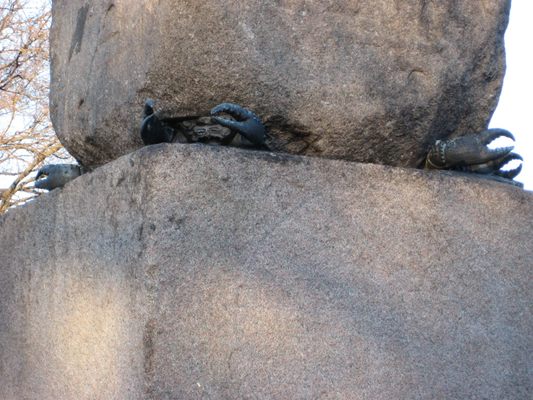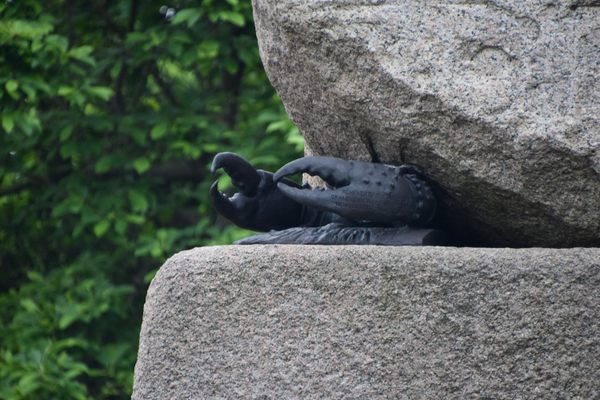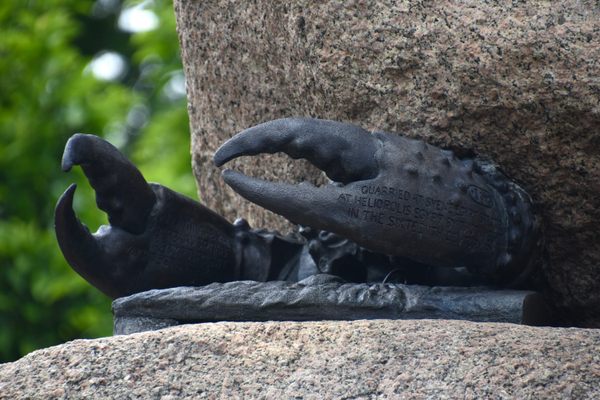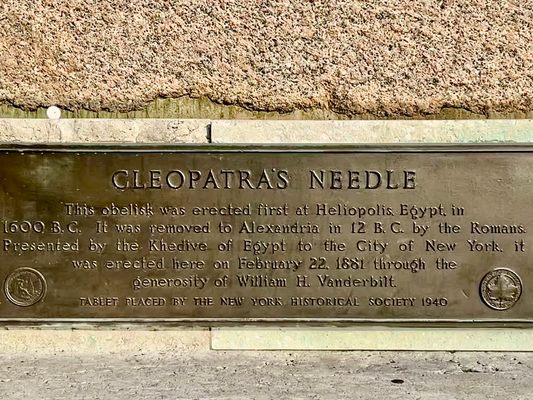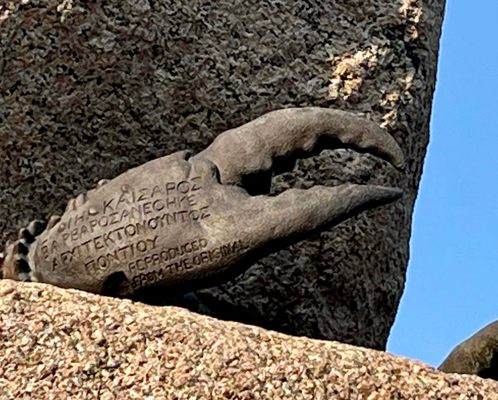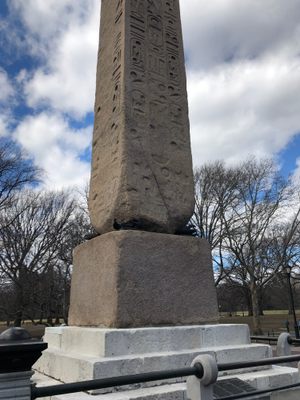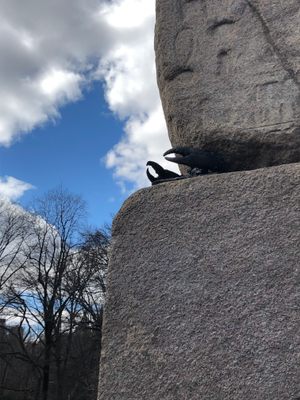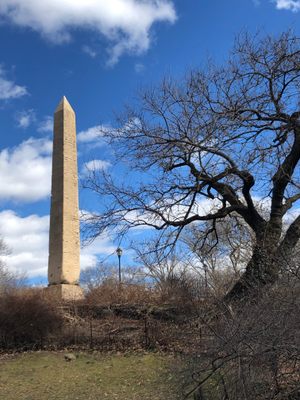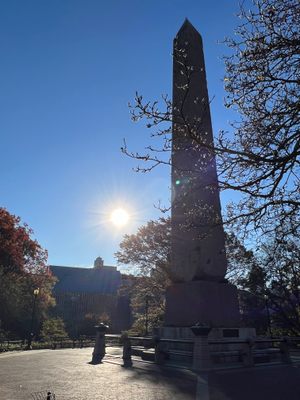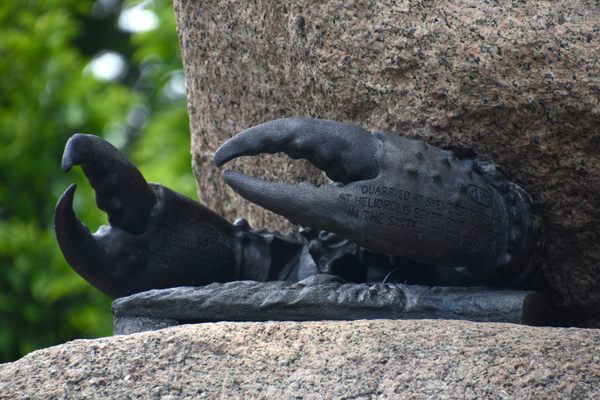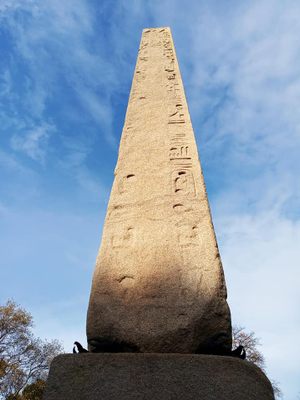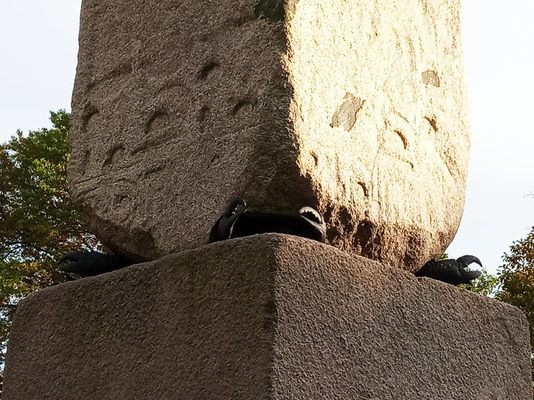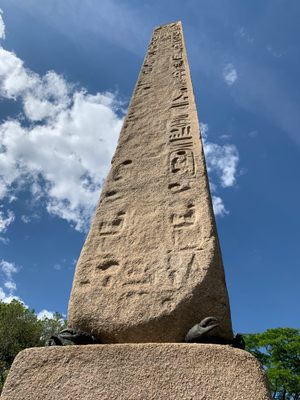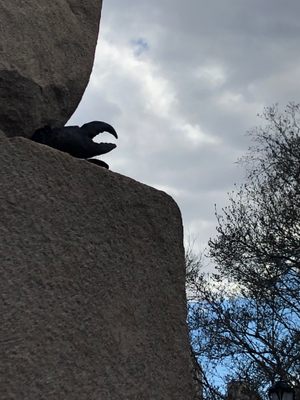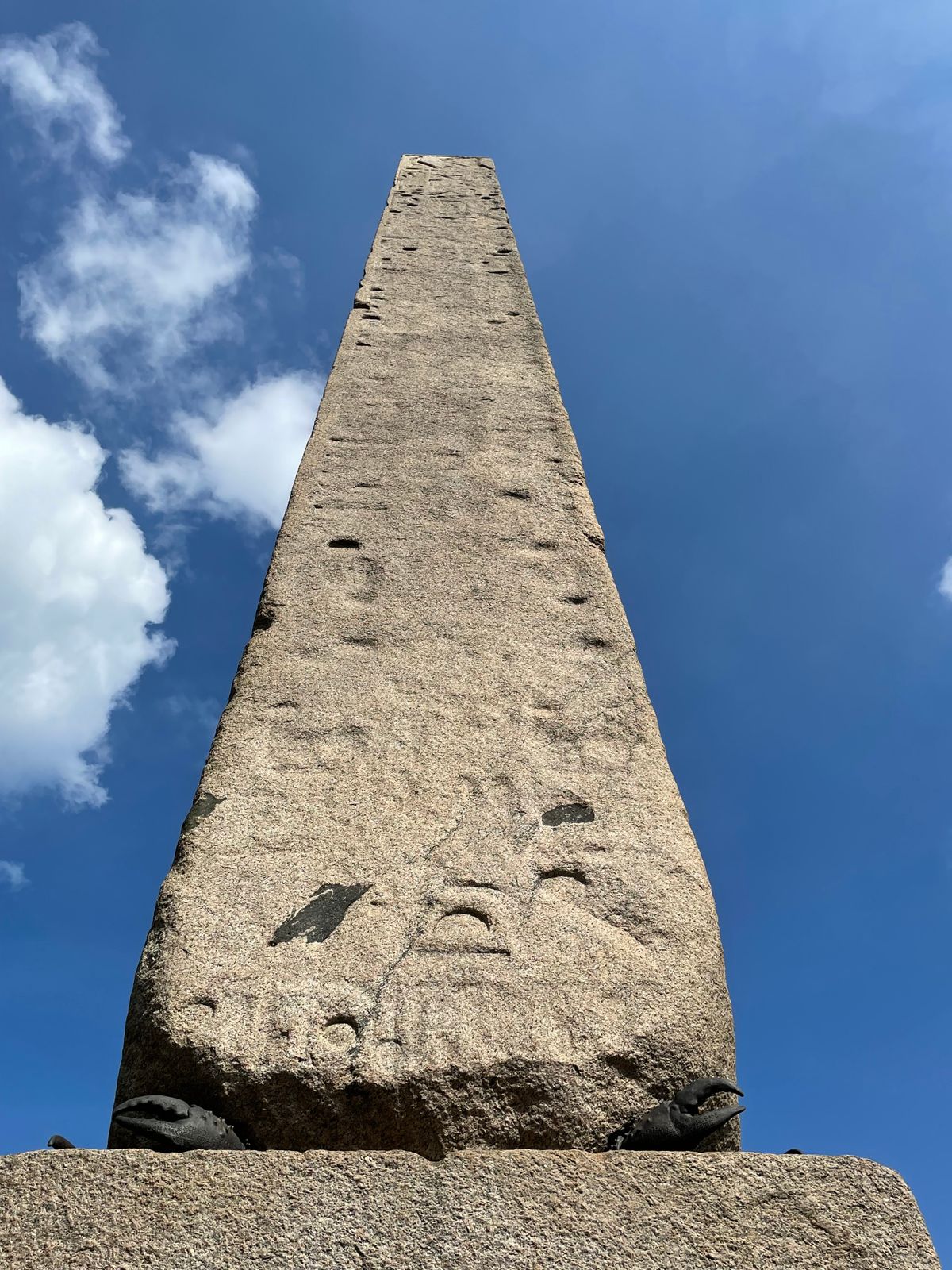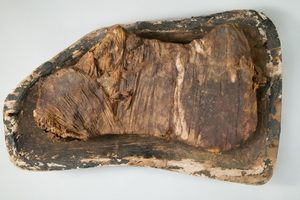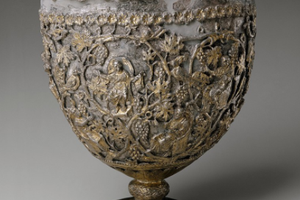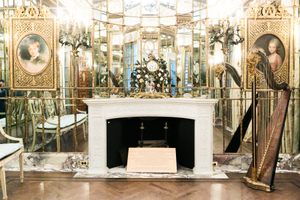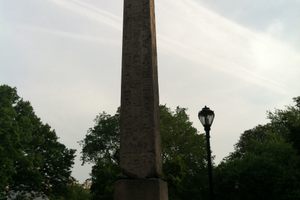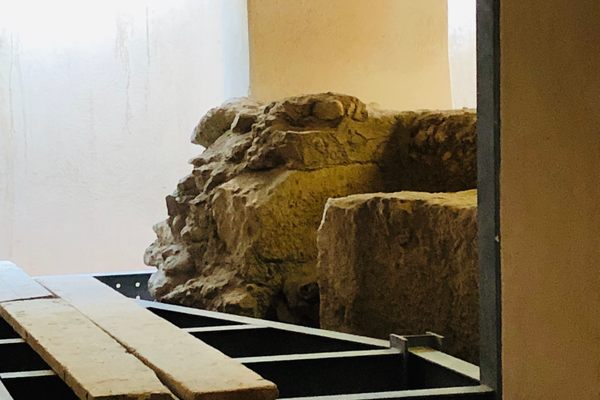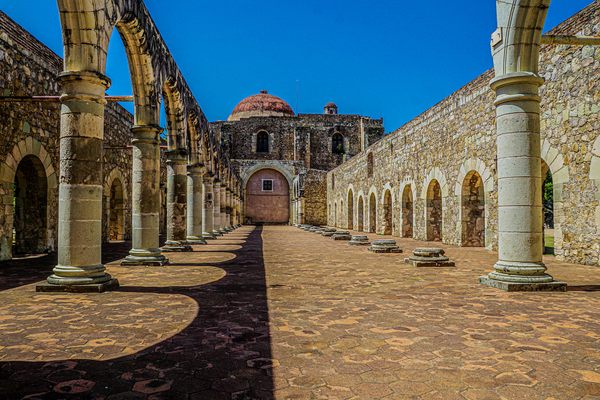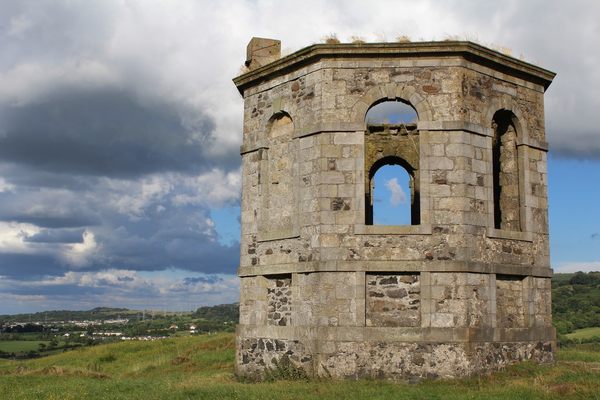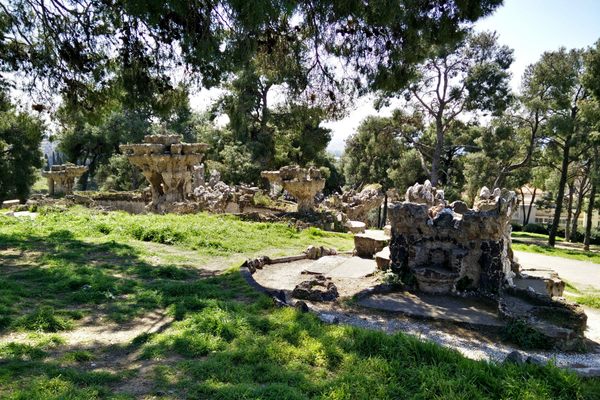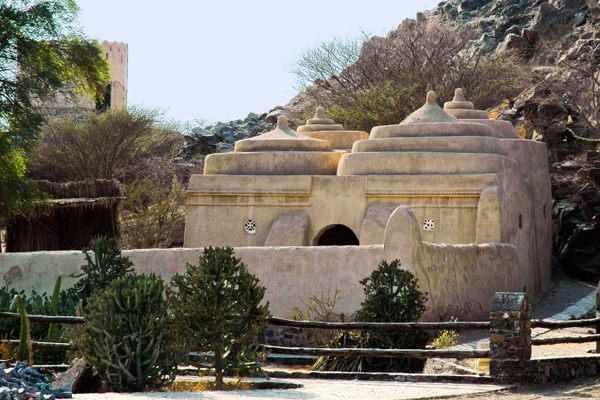About
Crabs emerge beneath an ancient obelisk in Central Park, their pinchers poised as if snapping at the tourists milling about. Though a random sight, they didn't scurry there by mistake. These curious crustaceans are replicas of the bronze crabs the Romans once inserted beneath this very obelisk as a strange sea creature-themed support system thousands of years ago.
The Egyptians built New York's iconic obelisk as part of a pair. One now resides in New York, while the other was sent to London. Sixty-eight feet of red granite and weighing in at about 224 tons each, the obelisks were first erected in the ancient city of Heliopolis around 1450 BC. Two hundred years later, Ramesses II added inscriptions to the towering rocks trumpeting his military prowess. After being moved to Alexandria by the Romans in 12 BC, they eventually toppled, face first, which saved most of the hieroglyphs from wear and tear as the centuries rolled by.
These two are among the three obelisks that are all popularly referred to as "Cleopatra's Needle." All were re-erected during the 19th century. The Paris needle was the first to be revived and nicknamed after the famous Egyptian queen, despite its originating from the reign of Pharaoh Thutmose III, over a thousand years before her time.
In February of 1881, one of the obelisks was gifted to the United States as a thank-you for its friendly neutrality during some sticky business between Egypt and European powers. It was erected in Central Park. To perform this daunting task, former Navy commander Henry Honychurch Gorringe was charged with sailing the monolithic offering across the sea in the hold of the steamship Dessoug. After its arrival, 32 horses were hitched in twos and it was hauled from the Hudson River, carried across a custom-built bridge, and erected right across from the Metropolitan Museum of Art.
Related Tags
Community Contributors
Added By
Published
June 18, 2012
